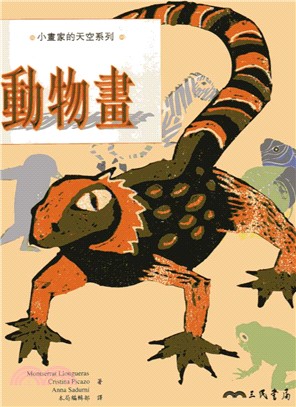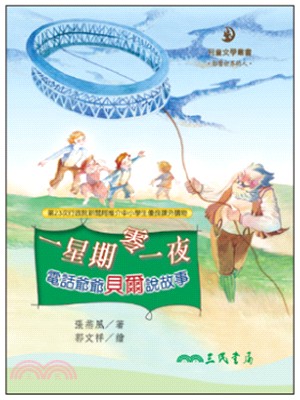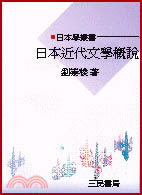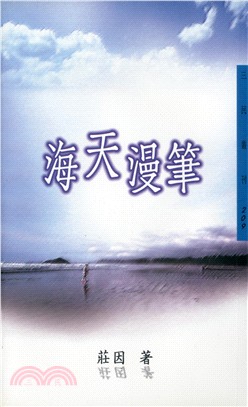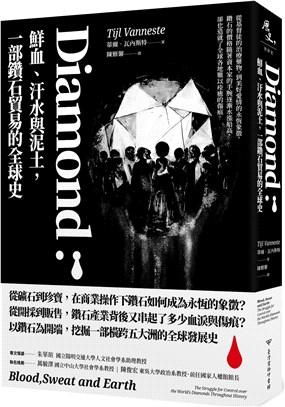The Berlin Wall ― The History and Legacy of the World's Most Notorious Wall
商品資訊
定價
:NT$ 450 元無庫存,下單後進貨(到貨天數約30-45天)
可得紅利積點:13 點
相關商品
商品簡介
商品簡介
*Includes pictures*Includes accounts written about the construction and fall of the wall by people at the time*Includes footnotes and a bibliography for further reading*Includes a table of contents“From Stettin in the Baltic to Trieste in the Adriatic an ‘Iron Curtain’ has descended across the continent. Behind that line lie all the capitals of the ancient states of Central and Eastern Europe. Warsaw, Berlin, Prague, Vienna, Budapest, Belgrade, Bucharest and Sofia; all these famous cities and the populations around them lie in what I must call the Soviet sphere, and all are subject, in one form or another, not only to Soviet influence but to a very high and in some cases increasing measure of control from Moscow.” – Winston Churchill, 1946"This is a historic day. East Germany has announced that, starting immediately, its borders are open to everyone. The GDR is opening its borders ... the gates in the Berlin Wall stand open." – German anchorman Hans Joachim FriedrichsThough it never got “hot,” the Cold War was a tense era until the dissolution of the USSR, and nothing symbolized the split more than the Berlin Wall, which literally divided the city. Berlin had been a flashpoint even before World War II ended, and the city was occupied by the different Allies even as the close of the war turned them into adversaries. After the Soviets’ blockade of West Berlin was prevented by the Berlin Airlift, the Eastern Bloc and the Western powers continued to control different sections of the city, and by the 1960s, East Germany was pushing for a solution to the problem of an enclave of freedom within its borders. West Berlin was a haven for highly-educated East Germans who wanted freedom and a better life in the West, and this “brain drain” was threatening the survival of the East German economy. In order to stop this, access to the West through West Berlin had to be cut off, so in August 1961, Soviet premier Nikita Khrushchev authorized East German leader Walter Ulbricht to begin construction of what would become known as the Berlin Wall. The wall, begun on Sunday August 13, would eventually surround the city, in spite of global condemnation, and the Berlin Wall itself would become the symbol for Communist repression in the Eastern Bloc. It also ended Khrushchev’s attempts to conclude a peace treaty among the Four Powers (the Soviets, the Americans, the United Kingdom, and France) and the two German states. The wall would serve as a perfect photo-opportunity for two presidents (Kennedy and Reagan) to hammer the Soviet Communists and their repression, but the Berlin Wall would stand for nearly 30 years, isolating the East from the West. It is estimated about 200 people would die trying to cross the wall to defect to the West. Things came to a head in 1989. With rapid change throughout Europe, the wall faced a challenge it could not contain, the challenge of democracy’s spread. On the night of November 9, 1989, the Berlin Wall was effectively removed from the midst of the city it so long divided. It was removed with pick axes and sledgehammers, but also removed from the hearts and minds of the people on both sides who only hours before had thought the wall’s existence insurmountable. As one writer put it, “No border guard, no wall, can forever shield repressive regimes from the power of subversive ideas, from the lure of freedom.”The fall of the Berlin Wall is often considered the end of the Cold War, and the following month both President Bush and Gorbachev declared the Cold War over, but the Cold War had been thawing for most of the 1980s. President Reagan is remembered for calling the Soviet Union an “evil empire” and demanding that Gorbachev tear down the wall, but he spent the last several years of his presidency working with the Soviet leader to improve relations. The end of the Soviet Union came when Gorbachev resigned on December 25, 1991. The Soviet Union formally dissolved the next day.
主題書展
更多
主題書展
更多書展本週66折
您曾經瀏覽過的商品
購物須知
外文書商品之書封,為出版社提供之樣本。實際出貨商品,以出版社所提供之現有版本為主。部份書籍,因出版社供應狀況特殊,匯率將依實際狀況做調整。
無庫存之商品,在您完成訂單程序之後,將以空運的方式為你下單調貨。為了縮短等待的時間,建議您將外文書與其他商品分開下單,以獲得最快的取貨速度,平均調貨時間為1~2個月。
為了保護您的權益,「三民網路書店」提供會員七日商品鑑賞期(收到商品為起始日)。
若要辦理退貨,請在商品鑑賞期內寄回,且商品必須是全新狀態與完整包裝(商品、附件、發票、隨貨贈品等)否則恕不接受退貨。















